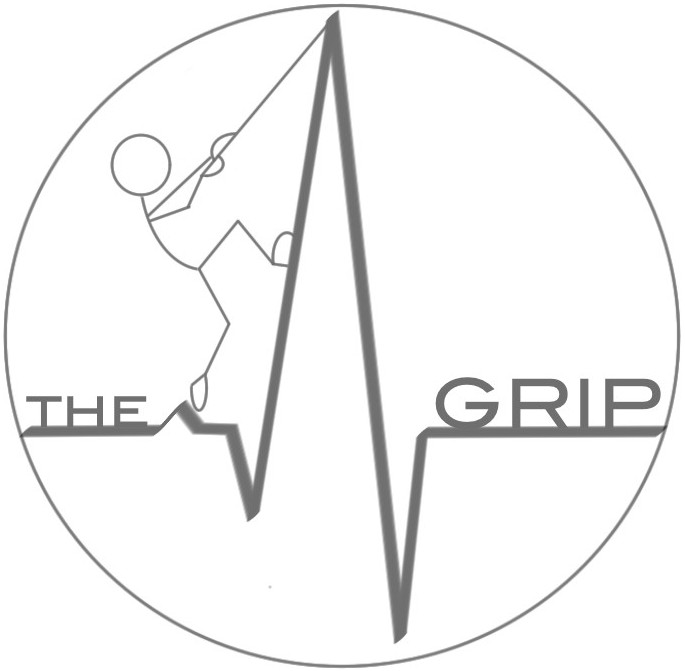Technical aspects of bedside respiratory monitoring of transpulmonary pressure
How to correctly place, calibrate and use esophageal catheter to mesure transpulmonary pressure and respiratory mechanics?
Have a look to the review article “Technical aspects of bedside respiratory monitoring of transpulmonary pressure” from Pr. Mojoli and the “Ventilation section” of The GRIP (Francesca Torriglia, Anita Orlando, Isabella Bianchi, Eric Arisi, Marco Pozzi).
Soon on Pubmed, but Free full text already available at the ATM website
Abstract:
Transpulmonary pressure, that is the difference between airway pressure (Paw) and pleural pressure, is considered one of the most important parameters to know in order to set a safe mechanical ventilation in acute respiratory distress syndrome (ARDS) patients but also in critically ill obese patients, in abdominal pathologies or in pathologies affecting the chest wall itself. Transpulmonary pressure should rely on the assessment of intrathoracic pleural pressure. Esophageal pressure (Pes) is considered the best surrogate of pleural pressure in critically ill patients, but concerns about its reliability exist. The aim of this article is to describe the technique of Pes measurement in mechanically ventilated patients: the catheter insertion, the proper balloon placement and filling, the validation test and specific procedures to remove the main artifacts will be discussed.
